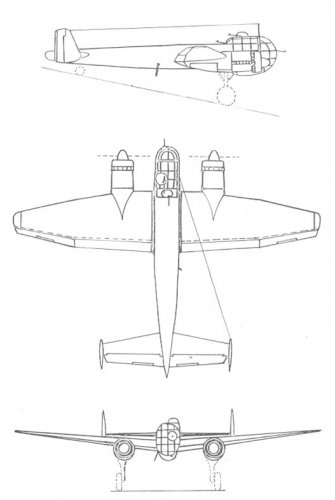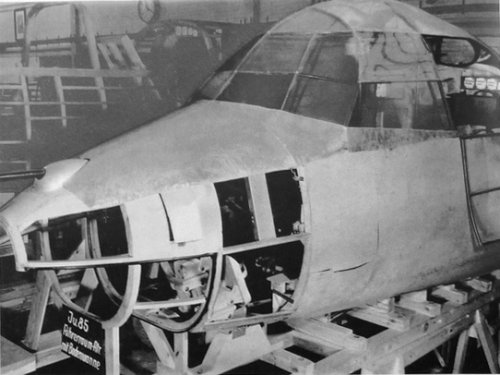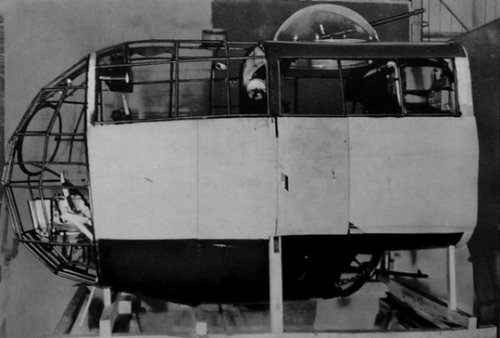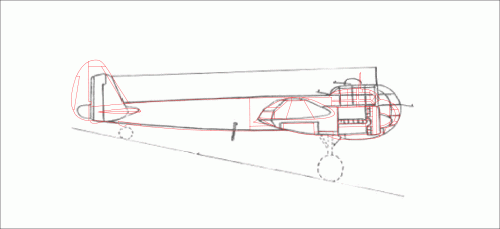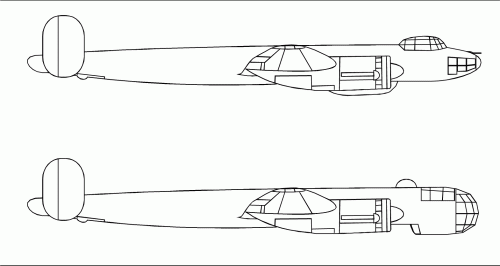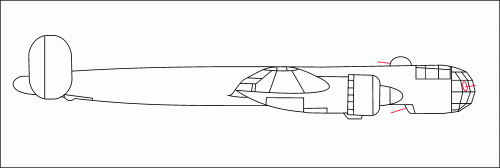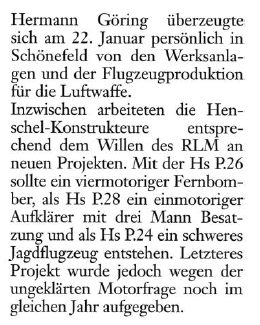"It was indeed that question, that made me perk my eyebrows, although I agree, that working on original documents is difficult for someone, who cannot, or can only hardly read them."
Jemiba, complete ignorance is a great thing, allowing people to make negative implications with absolutely no factual evidence. I am certainly not German as a first language person, although my mother's maiden name was Meyer. I did pass German at the university with good grades and later when completing my Master's degree in history (specializing in modern Germany), I passed the graduate level German language exams. I for some time was an engineer with a German company, working with drawings and manuals, translating both sales literature and technical documents into USA english (it is different). My in-house library includes over two thousand hard copy aviation books, profiles, etc. not counting copies of Luftwaffe documents, microfilms, periodicals, flight logs, and photo albums. When you put it all together, there are probably over a hundred thousand pages of German language aviation material, essentially all of which I have read through, some of it many times. Perhaps not too bad for "someone someone, who cannot, or can only hardly read them." But consider that although turning 80, I also still teach every year at the local university and among my colleages is at least one real German, who on occasion was asked to review my translations. Within 100 meters of my residence when writing the Ju 88 books were two German-born and speaking friends who were available to answer questions. So, my translation tasks were not done in a vacuum, but there certainly is a possibility that I made translation errors.
There are mistakes in my books, for which I have complete responsibility. Although research began on original German documents over 60 years ago and material has been gathered since that time (and continues yet today), actually writing a manuscript is a different issue. In my case, although it had been discussed for several years, there was less that a year given to meet the publishing deadline for the first volume and a bit more for the second. A writing day could be as long as 14 hours and every horizontal surface in my house was covered with stacks of research material. I would have liked a lot more time to recheck the manuscript. Also in hand were original JFM drawings of most Ju 88 sections, which were intended for use to dimensionally check the book drawings, that did not happen ( I also have 1:1 tracings of wing tips, rudder outline, etc. made from the Air Force Museum Ju 88, they gave me complete access to the aircraft to measure and photograph, including letting me use a stepladder). The problem was not a shortage of material, but trying to summarize a huge amount of data into a logical and rational presentation of specified length. For example, Ju 88 production data comes from 4 parallel sets of primary documents, none of them agree exactly!
So, can someone who is not a German write a book about a German aircraft? In response, I ask, can someone who is not a pilot, an engineer, a historian, never worked in manufacturing, R&D or never having served in the military, produce a proper historical manuscript about a military aircraft? I am not an "expert", but rather an aircraft nut, having grown up during WW II, My first flight was over 70 years ago, became a licensed pilot over 60 years ago, apprenticed as an aircraft mechanic, flew in the military, designed components for aerospace, PE ME, taught history at a university,.have a Ju 88 database with over 15,000 individual aircraft. If you don't have the book or haven't read it, then please do not judge it. If you have read the book, any constructive comment or criticism will be appreciated.
BTW, there are a number of additional images of the Ju 85 mockup, originally from the JFM factory photo albums. The shots are from several angles , inside and out.
Best regards
ArtieBob


